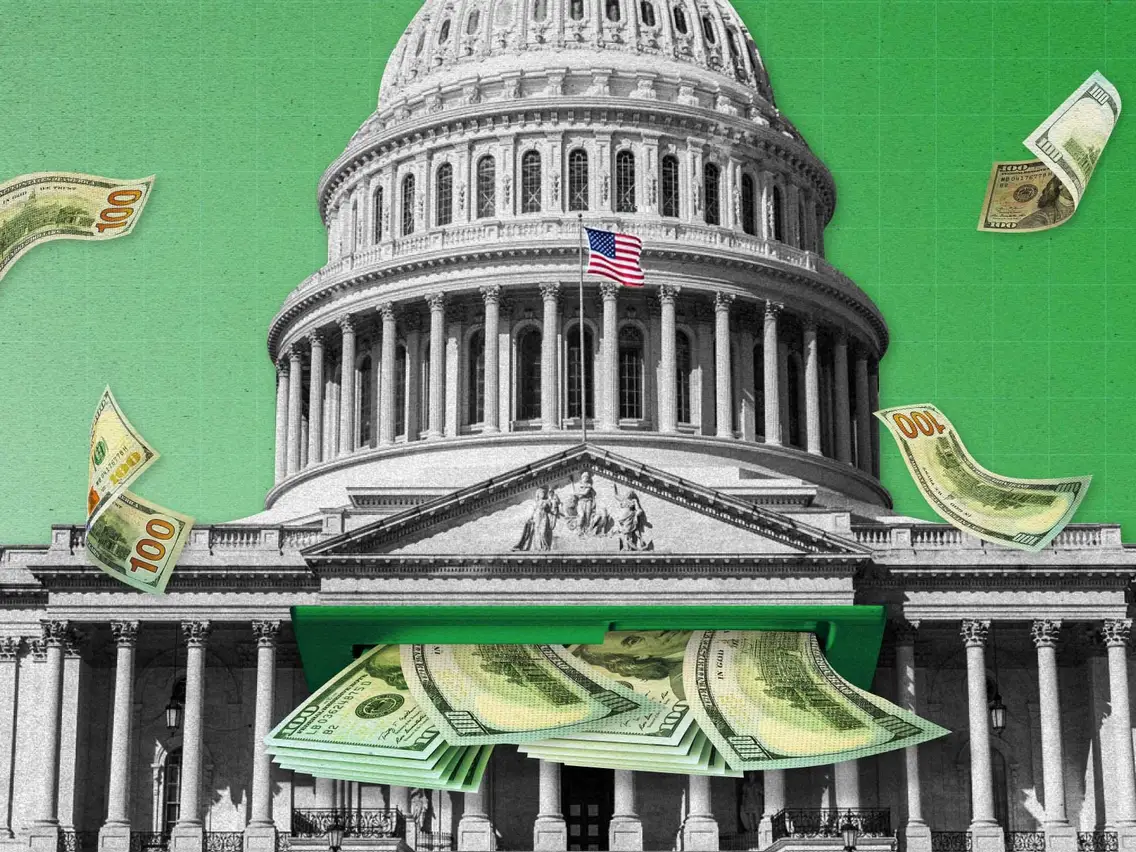Understanding Monetary Theory involves the study of money, interest rates, and how the economy operates. The theory aims to maintain stable prices (low inflation) and promote full employment.
According to monetary theory, when a government creates money it can spend that money at will. This spending can lead to a surge in inflation if the government is not careful.
Definition
Understanding monetary theory is the study of how money (the currency of a country) affects economic activity. It also relates to such concepts as central bank policy, inflation, and the exchange rate.
Monetary theory is a subject of intense interest to economists because it deals with one of the most important factors in the economy. The monetary system of a nation determines the amount of goods and services available for sale.
A government’s ability to spend without taxing – if it is monetarily sovereign – is a crucial concept in modern monetary theory. This allows governments to spend without incurring any risk of insolvency.
According to MMT, governments can spend money by printing it, a process that can be carried out at minimal marginal costs. This is a significant departure from conventional economic theory, which generally argues that taxes are intended to finance government spending.
However, this approach to monetary policy is not foolproof. For example, if a government spends too much, it can cause inflation to surge. In addition, it is difficult to calculate how much money the government can print before it runs out of currency.
Proponents
Modern Monetary Theory is a movement that challenges a number of traditional beliefs about how money works, tax and spending, and budget deficits. It is embraced by some politicians on the left, like Alexandria Ocasio-Cortez and Bernie Sanders, but has been criticized by economists for being a naive and irresponsible approach to policymaking.
MMT focuses on three main economic factors, including loans and deposits, government spending, and taxes. It also stresses the role of central banks in determining the amount of currency and other liquid assets circulating in the economy.
Proponents of MMT argue that governments should print more money to fund infrastructure projects, expand healthcare, and boost public programs. While this might seem appealing, MMT’s critics say it could lead to rising inflation and an unsustainable national debt.
Aside from challenging the core belief that an increase in a government’s spending deficit will cause interest rates to rise, MMT advocates also argue that it can create more jobs. This is because it can reduce aggregate demand, making it easier for companies to produce more goods and services.
Constraints
The theory of monetary economics states that the stock of money is related to prices and output. When the supply of money increases, price levels usually rise and vice versa. However, this effect tends to dissipate when prices adjust fully to the changes in money.
The theories of monetary economics are based on an understanding of the basic accounting relationships that exist between money, government spending and taxes. Monetary theory has been used in policy debates to argue for progressive legislation, such as Medicare for all, free college, or a federal jobs guarantee.
The main constraints to understanding monetary theory are the nature of monetary creation and the role of government deficits. While some believe that monetary growth is the source of inflation, others argue that inflation occurs because governments borrow more than they can afford to pay back.
Countermeasures
Monetary theory focuses on the supply of money in an economy. It combines the theories of quantity and liquidity to explain how changes in money supply can lead to economic change.
There are various ways that monetary authorities can boost the supply of money in an economy, including: (i) open market operations; and (ii) printing more money. Alternatively, they might try to debase the currency.
Many proponents of modern monetary theory, or MMT, argue that printing money and buying government debt can stimulate the economy in the same way as other traditional stimulus measures such as tax cuts and deregulation. Moreover, they believe that such schemes are less likely to cause inflation than conventional monetary policies, such as a central bank’s interest rate controls or monetary policy easing. This, they claim, is because a money supply is a natural by-product of demand and competition in the money markets. The best way for a central bank to stimulate a slowing economy is to create the correct stimuli in the right places, at the right time, and in the right amounts.


